The picture of the wear and tear on Wimbledon courts between the 1970s and today (see image below) have gone viral amongst tennis sites. It shows that, while in the 70s the court was worn all over, it now gets mainly used behind the baseline. Surely, the game style has changed and this is mainly due to two factors: equipment and technique.
Especially the technique part is interesting, as it was enabled by the equipment and therefor reached new levels of spin, speed and aggressivity. If we compare a match between Alcaraz and Sinner of today with the tennis of previous decades, it seems as if the video has been sped up. The groundstrokes are incredibly fast, spin-induced and precise, which all play to the baseliners strengths. As a result, we hardly see players attacking the net on a point-to-point basis and strokes like serve and forehand gain more and more power.
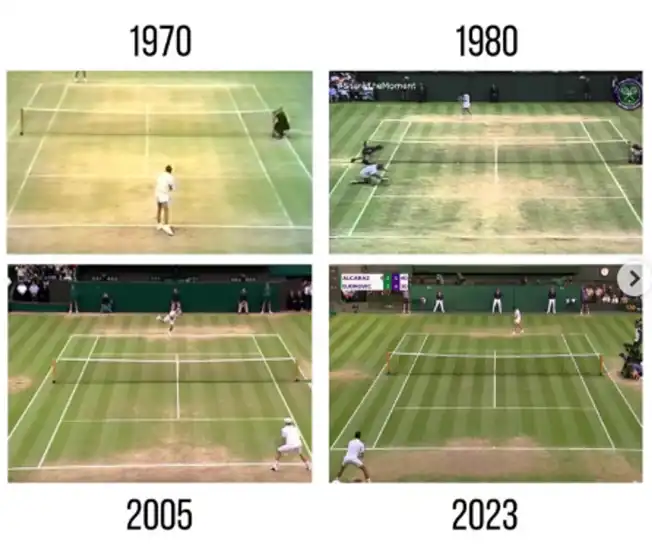
What has changed in the conditions?
It goes without saying that between the 70s and today, there have been radical changes to the conditions that we are playing tennis under. The courts in most cases have changed from fast paced grass, carpet and very hard hard-courts to slower courts, for both pros and recreational players. We are now almost all playing with multifilament or poly strings, which hold tension a lot better than (syn) gut and produce a lot more spin. This, alongside lighter and more durable tennis balls and stiffer rackets, allows players to aggressively hit at the ball with spin, without having to fear that all shots land long.
Andre Agassi famously is quoted as saying “It almost feels like cheating” when switching to poly strings. When playing with a full bed of gut these days, you realize what he meant by saying that. The comfort is second to none, but the game-style of someone like Carlos Alcaraz just wouldn’t work with this setup. A polyester string, with its one-of-a-kind snap back, just allows to swing out and brush the ball, with it coming a lot of spin and power. Now take into account that the rackets are also a lot more technologically advanced, and there you have the change in possibilities.
How do you produce spin then?
So, the number one objective these days in tennis is to take advantage of the technology at hand. To do that, you need to add spin to your shots, which will help keep those inside the lines and put additional pressure on your opponent. Players these days rather brush over the ball with a lot more power, instead of hitting flat or sliced shots with an open racket face. The main change to do so is the grip on the racket. From the traditional grip called continental, the players have turned to Eastern, Semi-Western to Western grip. This allows them once more to increase spin and power on the groundstrokes, without fearing to hit the ball out.
By achieving this, the stress on wrist, shoulder and arm are a lot higher than with the classic strokes, though. This leads to an increasing rate of injuries with pros, that often is linked to the tighter schedule as well. Also, an ingoing discussion about the use of polyester strings is happening within the recreational player community, one that can also be followed here at tennisnerd.net. It goes without saying, that the increased speed of today’s tennis has a toll on the body. But with modern dampening technology, multifilament and soft poly strings and the right physical preparation, all players should still be able to enjoy the sport.
Other strokes that have evolved
But it is not only the groundstrokes that have evolved greatly in tennis. The serve has become more and more dominant as well, with the modern equipment being able to generate much higher speed and spin rates here as well. This gives an advantage to tall players, and it is no surprise that the new tennis stars, such as Zverev, Sinner or Medvedev, are rather close to 2m tall. Their first serves easily reach speeds of 230 km/h and the kick serves of some players reach a bounce of more than 2 meters on the other side.
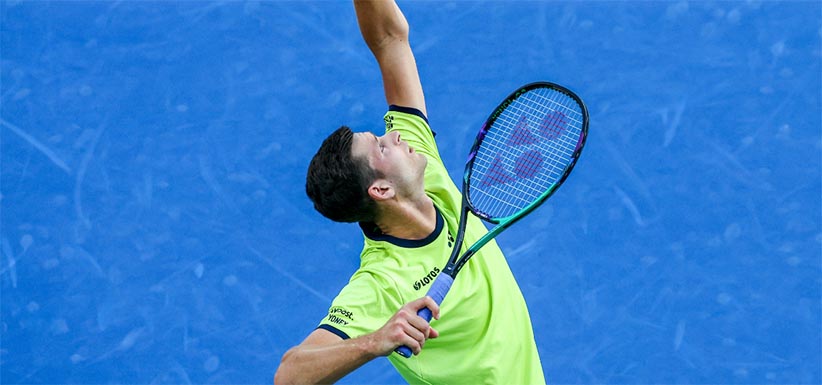
The volleying is said to have suffered from these developments, which is in part due to the sheer speed of the game and the possibility of angle shots from anywhere on the court. But the touch shots, such as dropshots or drop volleys actually have increased in quality, as some players have revamped the variable game. Led by one of the greatest of all times, Roger Federer, and now carried on by Carlos Alcaraz, the varied game with both power and finesse, still rallies with the baseline power style.
Overall, the evolution of equipment and technique have changed the face of tennis as we know it today. From continental grips, serve and volley and slice backhands, we have developed to a baseline based game, where power and spin are a prerequisite for successful tennis.
The most dominant forehand grip these days is the western grip, with tons of spin coming from it. Throw in a strong serve and the advantage of touch from poly strings, and you have the ideal tennis of the decade. It remains to be seen, how tennis will take the next step and how innovations might look like in the years to come.
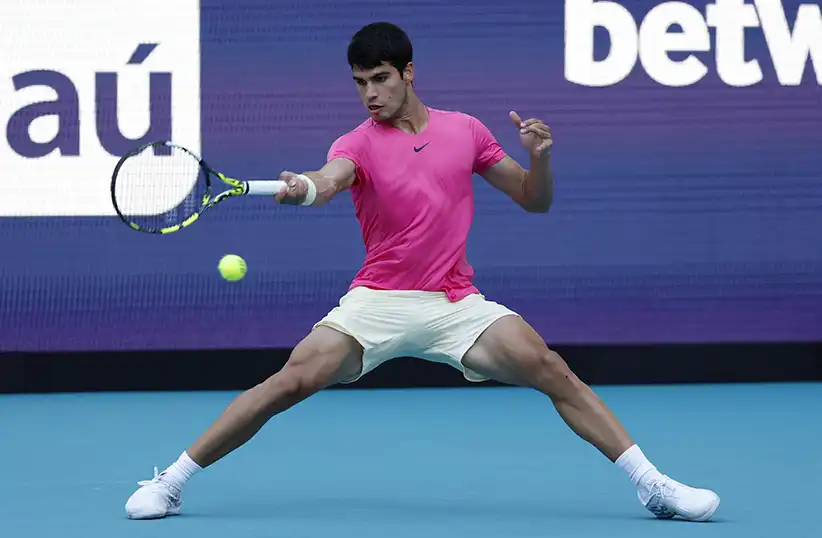


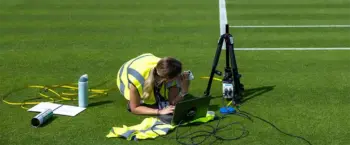

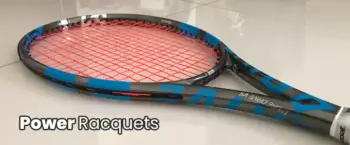
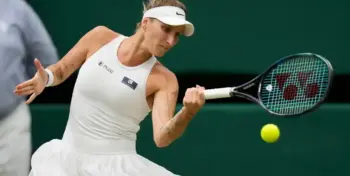
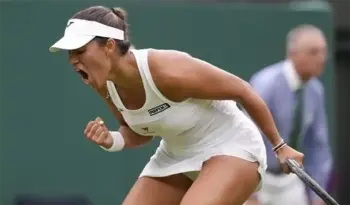
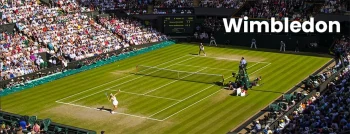







i have said this for so many years …. older people (and it is always older people /old men grossly overstate the ‘technological’ changes in tennis without looking at the players’ *strokes). if you look at the forehand of Chris Evert (circa 1979) and the forehand of Serena Williams (circa 2002), the strokes are fundamentally different: Serena has a far bigger /more extended takeback (with the hoop frequently raised behind the LEFT shoulder); the follow-through ends with racquet pulled right across the shoulder and down into the centre of the back. this, the total the swing length is much, much bigger (longer). the shoulder and trunk rotation through the production of the forehand is far greater: faster and more aggressive. if you taught one ten year-old child the technique on Chris Evert’s forehand and another ten year-old child the technique on Serena Williams’ forehand, the child with Serena Williams’ technique would be hitting the other player off the court with ease, producing a lot more power, spin and (of course) winners. this is completely regardless of racquet type and string type. it’s really that simple.
i have hit with older players [that are still very physical fit] that had a national ranking. they are using /have the same equipment /the same racquet [type] and use the same poly— strings as i do.
(i use Luxilon 4G 16/1.30 string right now, having previously used Luxilon Big Banger TiMO, 16 gauge /strung to 63 lbs. i have used the Wilson Blade /
632 cm /98 in., 18 x 20 string pattern racquets for some time.)
however, the older guys have technique drilled /taught in the 1980s and use eastern— type grips. their swings, especially the takeback, are much, much shorter (— and i always think that this is what produces the ubiquitous ‘tennis elbow’ that you always notice in older men — the guys create only minimal momentum ^toward the ball, so absorb so much more energy from the incoming ball at impact, the energy being transferred directly into their playing arm).
i was trained in the mid 2000s. my takeback is much bigger (— more extension) and the follow-through is a lot more marked /aggressive. i use a western to semi-western grip. i hit much, much harder (~ faster) without much effort, compared to older players. my groundstrokes were recorded in the 70 — 75 mph range (not as fast as a hitting partner thought!).
it is acutely noticeable to me that the strokes and the production of the strokes (— with much greater levels of shoulder and abdominal rotation) are completely different. from the baseline, you are observing two entirely different ways of playing and hitting a tennis ball.
in terms of the strokes, watching tennis from the 1970s and 1980s is like watching a distantly related sport, to me.